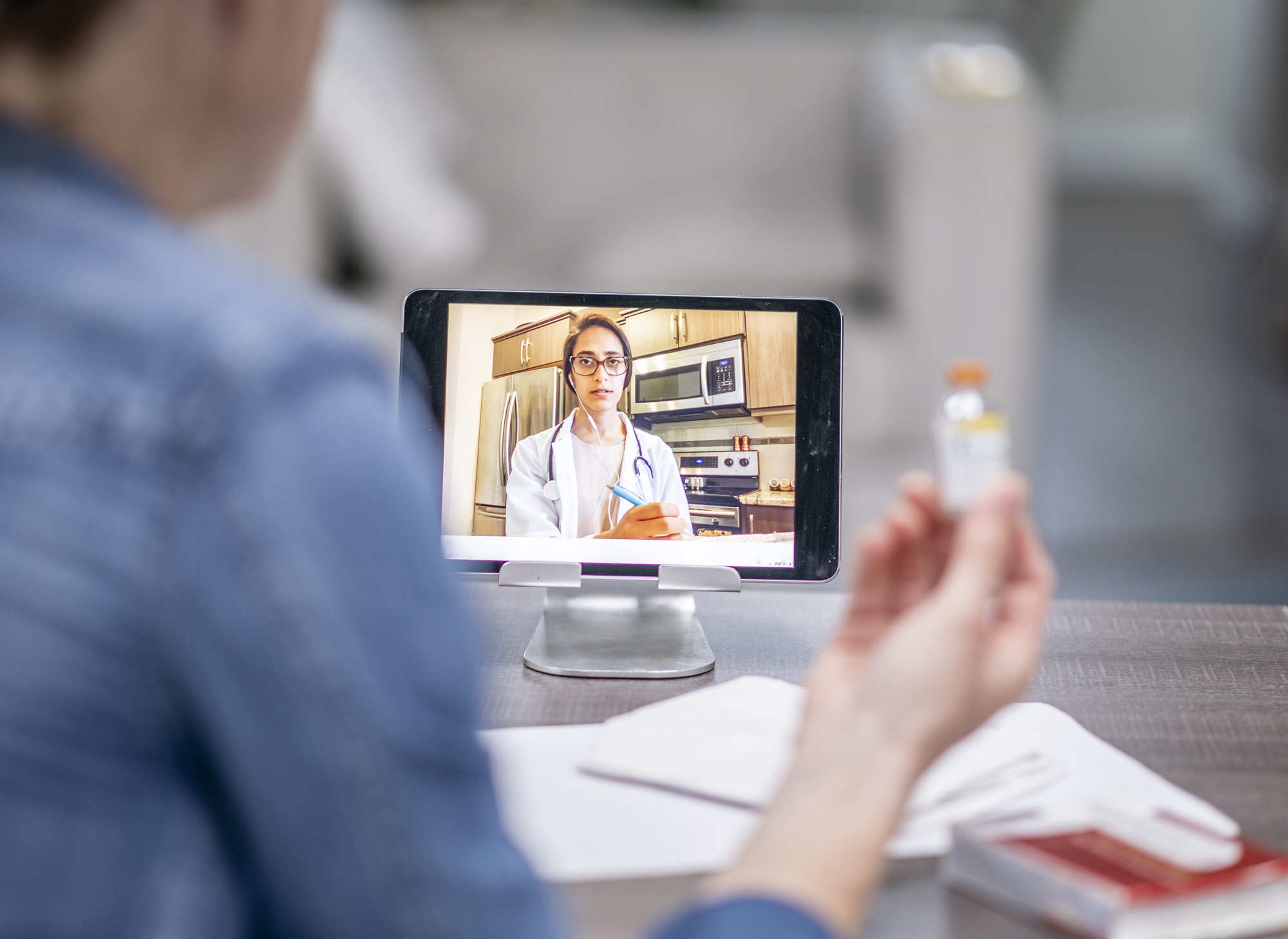DIABETES CARE TREATMENT
In perhaps one of the most significant changes to occur in health care as a result of the coronavirus disease 2019 (COVID-19) pandemic, telemedicine has suddenly reached the widespread adoption many proponents have championed for years. Recognizing the necessity of telemedicine in light of the current crisis — both to address increased treatment needs and to prevent unnecessary in-person contact — some payors and state legislators have loosened certain restrictions regarding its use across clinical specialties.
This unexpected development represents a major boon to diabetes care, which has long been viewed as optimally suited to delivery via telemedicine. A sizable body of research supports its value in the management of adult and pediatric diabetes, with several types of technology used by various providers including endocrinologists and registered dietitians.

Telehealth and telemedicine can be used to deliver diabetes education, management, and monitoring services. This includes: Diabetes self-management – Telehealth can support diabetes self-management activities such as blood sugar (glucose) monitoring and tracking.
Telehealth clinical services (or telemedicine) are currently delivered in three major ways: Video conferencing, which is used for real-time patient-provider consultations, provider-to- provider discussions, and language translation service
Telemedicine is an automated support tool for patients with diabetes to facilitate better decisions by patients and health care providers.
Telemedicine refers to the practice of caring for patients remotely when the provider and patient are not physically present with each other. Modern technology has enabled doctors to consult patients by using HIPAA compliant video-conferencing tools.

